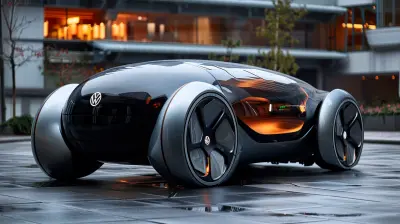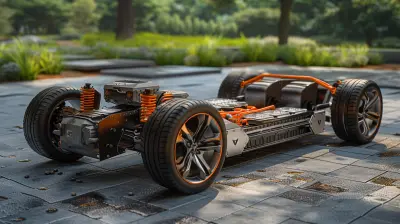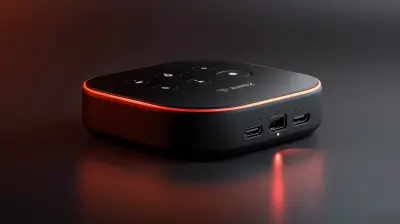The Impact of Self-Driving Cars on Public Transportation
29 June 2025
Self-driving cars have been inching closer to the mainstream, promising convenience, efficiency, and safety like never before. While this sounds like a futuristic dream for individual drivers, what does it mean for public transportation? Will autonomous vehicles completely replace buses, trains, and taxis, or will they simply reshape how people move around the city?
In this article, we’ll dive into the growing impact of self-driving cars on public transit, discussing both the potential benefits and the challenges they bring. 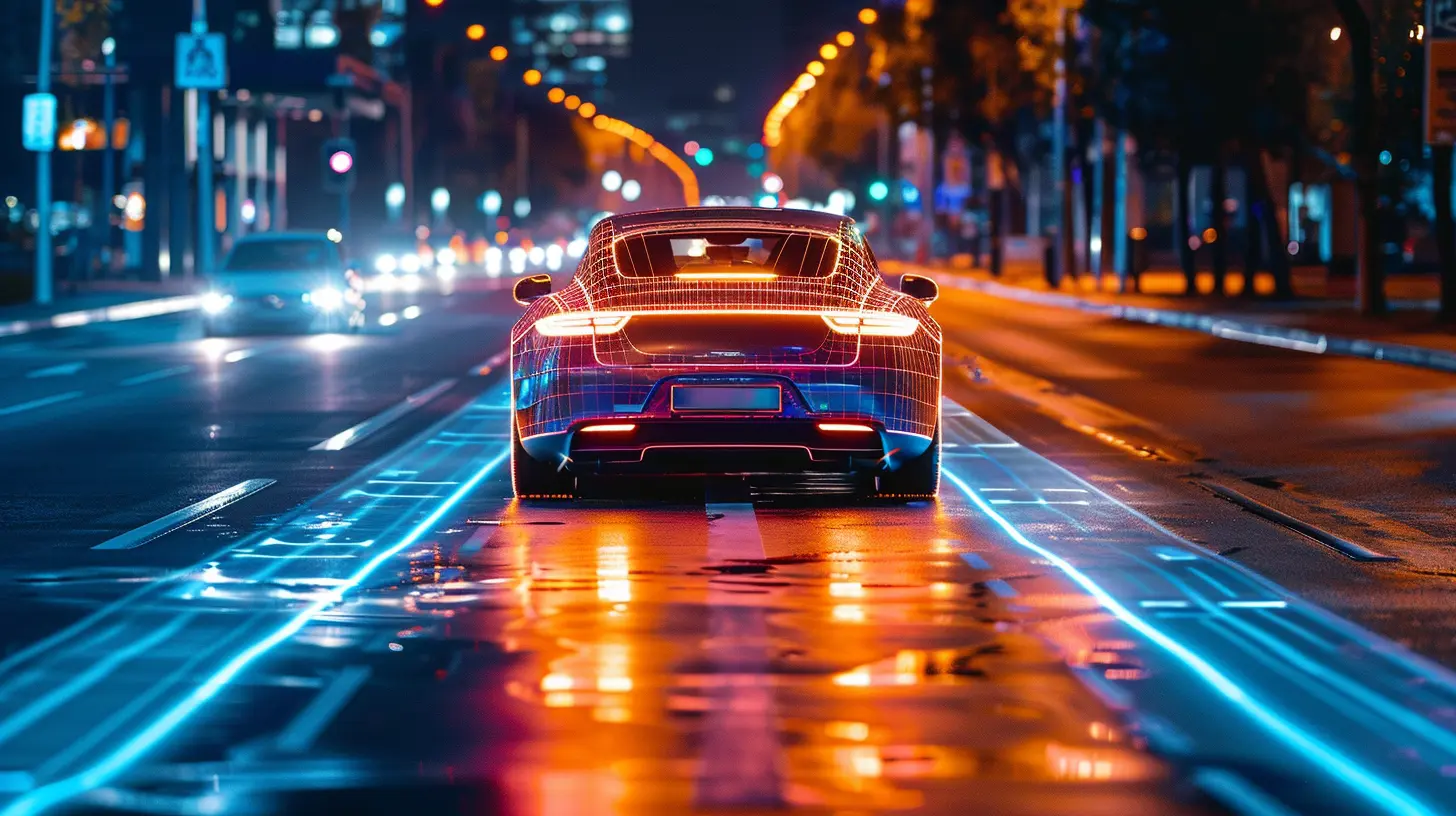
🚗 The Rise of Self-Driving Cars
Let's start with the basics. Self-driving cars, also known as autonomous vehicles (AVs), use advanced technologies like artificial intelligence, sensors, and cameras to navigate roads without human intervention. Companies like Tesla, Waymo, and Cruise have been pushing the boundaries, making AVs a more realistic part of our daily lives.But what happens when these intelligent machines share the roads with public transportation systems that have existed for decades? 
🏙️ How Self-Driving Cars Could Complement Public Transportation
Some experts argue that self-driving cars won’t necessarily replace public transportation but will enhance it. Here’s how:1. First-Mile, Last-Mile Solution
One of the biggest challenges of public transport is the “first-mile, last-mile” problem. Commuters often struggle to get from their homes to transit hubs (like train stations) or from transit stops to their final destination. Self-driving ride-sharing services or autonomous shuttles could bridge that gap, making public transportation more accessible.2. Reduced Traffic Congestion
Imagine a city where self-driving cars communicate seamlessly with buses and trains. Instead of chaotic intersections jammed with honking cars, AVs could optimize routes, reducing unnecessary delays. This could drastically cut down on congestion, making public transport smoother and more appealing.3. Filling in Gaps Where Transit Falls Short
Not every area has an efficient public transportation system. Rural communities and small towns often lack reliable bus services. Autonomous taxis could serve these low-density areas, providing mobility without the need for expensive transit infrastructure.4. Cheaper Rides
Ride-hailing services like Uber and Lyft could rely on autonomous vehicles, cutting labor costs and potentially making fares more affordable. If these services integrate with public transportation (offering discounts for transfers, for instance), it could drive up ridership for both AVs and buses/trains.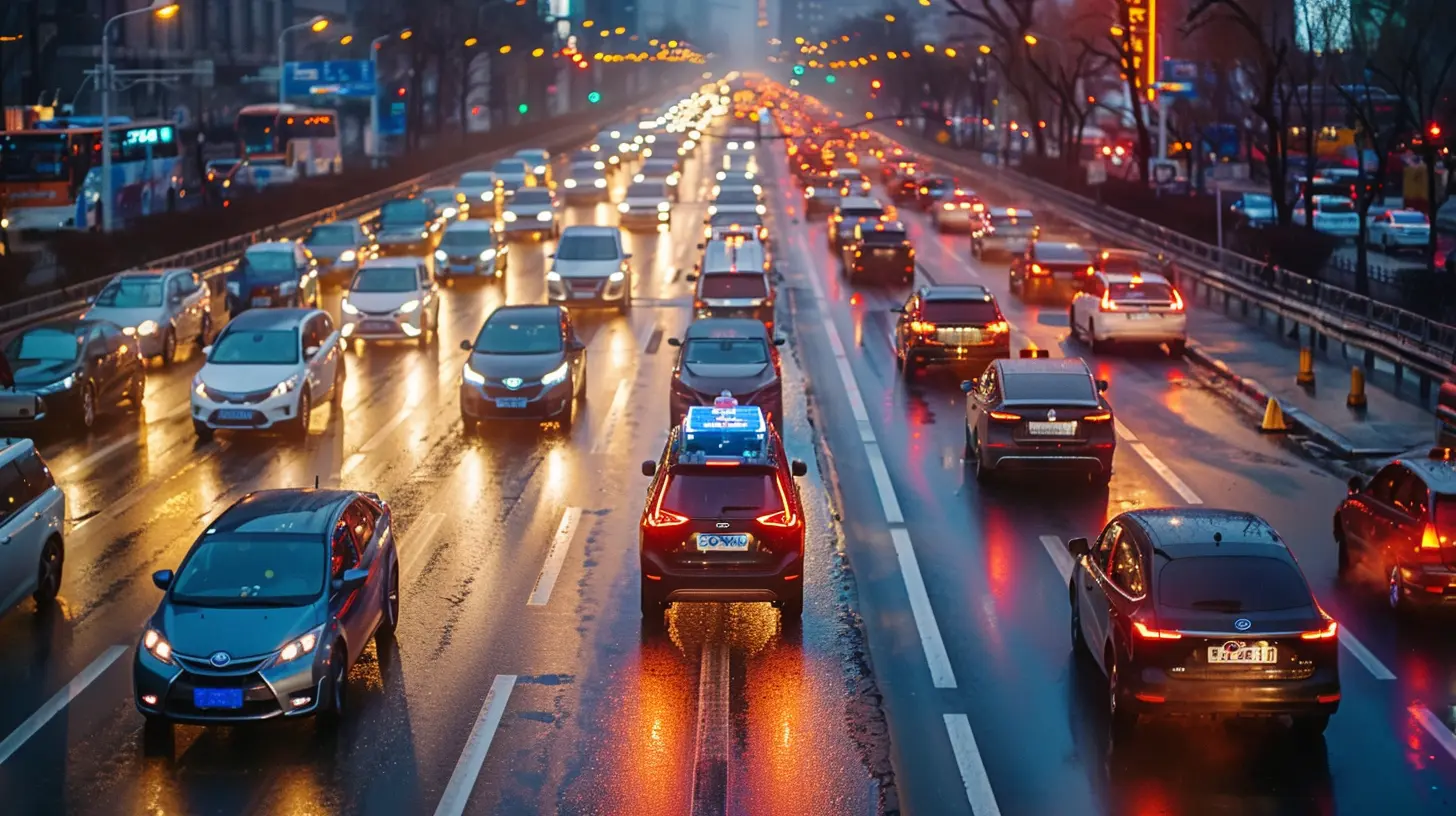
🚍 Challenges That Public Transportation Might Face
Now, it’s not all sunshine and rainbows. The rise of AVs also poses some serious challenges for traditional public transit.1. Potential Decline in Public Transit Use
If self-driving taxis become cheap and widely accessible, people might ditch buses and subways altogether. Why wait for a crowded train when you can summon a private, door-to-door ride for a small fee? This could lead to a drop in ridership, making it harder for governments to justify keeping public transit running at full capacity.2. Job Losses
Automation always comes with concerns about unemployment. Thousands of bus drivers, taxi drivers, and transit operators could be displaced if AVs take over. While new jobs may emerge in AV-related industries, the shift won’t be easy for those impacted.3. Increased Traffic from Empty Vehicles
One of the major advantages of public transportation is that it moves large numbers of people efficiently. If self-driving cars become too prevalent, we could end up with roads flooded with empty AVs repositioning themselves between rides—defeating the goal of reducing congestion.4. Equity Issues
Not everyone can afford the latest technology. If public transit funding declines due to lower ridership, lower-income individuals who rely on buses and subways could be left stranded. Cities would need to make sure that AV adoption doesn’t leave vulnerable populations without affordable transport options.
🏛️ What Can Cities Do?
The key to ensuring that self-driving cars and public transportation work together rather than against each other lies in proactive planning. Here’s what cities can do:1. Integrate AVs With Public Transit
Rather than letting self-driving cars compete with buses and trains, cities could merge them into a seamless system. For instance, AV rides could be included in public transit passes or serve as "feeder" vehicles for bus routes.2. Prioritize Public Transportation Investment
Even if AVs become widely available, public transportation will still be essential for moving large crowds efficiently. Cities should continue investing in subways, buses, and light rail systems while using AVs as a complementary tool, not a replacement.3. Regulate AV Operations
Governments need to create policies that prevent AVs from overwhelming the streets. This could include congestion pricing (charging AVs for driving in busy areas), restrictions on empty vehicle movement, or requiring ride-sharing instead of solo trips.4. Focus on Affordability & Accessibility
For AVs to truly serve the public, cities must ensure they remain affordable for everyone. This could involve subsidies, partnerships between AV companies and public transit, or incentives to encourage shared rides instead of solo trips.🔮 What Does the Future Hold?
The future of transportation is still uncertain, but one thing is clear: self-driving cars are coming, and they will change how we move. Whether they help or hurt public transportation depends on how cities, governments, and transit agencies choose to integrate them.Will self-driving cars become the enemy of public transit, or will they become the missing piece of a smarter, more connected transportation puzzle? That’s the question we’ll need to answer as the technology continues to evolve.
What do you think? Will autonomous vehicles improve or threaten public transit? Let’s continue the conversation in the comments!
all images in this post were generated using AI tools
Category:
Autonomous VehiclesAuthor:

John Peterson
Discussion
rate this article
2 comments
Zane Pope
Exciting changes ahead for public transport innovation!
October 26, 2025 at 12:30 PM

John Peterson
Thank you! The potential for self-driving cars to transform public transport is indeed thrilling. Stay tuned for more insights!
Caelum Wade
As self-driving cars silently revolutionize our streets, could the fate of public transportation hang in the balance? What unseen forces are at play, and how will they reshape our urban landscapes?
July 3, 2025 at 3:02 AM

John Peterson
Self-driving cars could significantly alter public transportation by offering more flexible and convenient options, potentially reducing ridership and funding for traditional transit systems. However, they might also complement public transport by providing first-mile and last-mile solutions, reshaping urban landscapes towards greater mobility.
